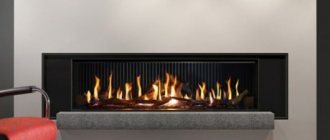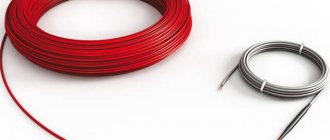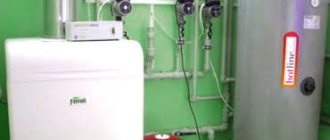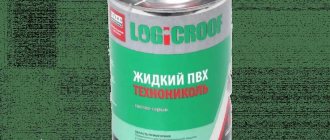What are energy-saving garden heaters? How realistic are the savings they provide? How do oil or carbon heating devices work? What is more practical - a heater for a summer cottage using diesel fuel or an electric convector? Let's figure it out.
Our task is to choose a cheap and practical heating method.
Statement of the problem of heating a tent for fishing in winter
Selecting a heating device is a two-level task:
- We decide on the size of the heated tent - will it be single-person or for a team of fishermen (since tents are often made square, 4 people is the standard). The required power of the heater determines many possible options for burners, stoves and other devices.
- Choosing a unit for heating a winter tent is the most important stage, as it is associated with financial costs and the fisherman’s hope for a happy, safe and, most importantly, long-term use of the heating device.
Personally, I have experience using winter fishing tents of both sizes, so I’ll briefly talk about each type of tent and possible heating devices.
Heating a single tent for winter fishing
I started with a self-unfolding tent for 500 rubles (a traditional purchase on the Chinese market), shown in the photo:
Single person winter fishing tent
Let me explain right away: although this tent is formally a two-person tent, there is only enough room for one person to fish in it. The tent has been modified with a three-meter zipper, which allows you to unzip and bend a segment of the bottom to access the holes. As a rule, two holes were used both in freshwater reservoirs and at sea, for catching navaga and flounder. This tent is enough for one to three seasons. I tried many heating options in this tent and came to one, but everything was in order.
Heating the tent with stoves and burners based on gas cartridges
In Primorye and surrounding regions (up to the Vologda region), Chinese portable gas canisters with liquefied gas have spread like cockroaches. Prices for cans are rising, but they don’t go too far - the popularity of cans is not subsiding.
Gas cans and burners for heating a tent in winter
The tempting cost of burners and simplicity - this is a panacea for heating a fishing tent in winter! But that’s not the case - in the garage and at home, gas and burners of this type are relevant, but as soon as things go below -10-15 degrees Celsius, these devices will let you down. The can freezes and requires heating to work.
I’m sharing my experience, but before my eyes are the memories of how at 5 in the morning, after setting up a tent in a mad wind, I pinned my hopes on heating from a gas burner, and lit it in vain - I got chills.
Burners provide a lot of heat, but are extremely fire hazardous! Even in mild conditions (10 degrees below zero and above), the burner can sneeze with emissions of gas and, accordingly, fire. When transporting, the burner should be carefully isolated from other things - a speck may get into it and heating will end before it begins. Before my eyes, one friend tried to clean his burner, and as a result his eyebrows disappeared... It could have been worse.
Gas stove on cans - a great option only in summer
The option of a gas stove in a convenient black suitcase looks tempting - you can warm up, boil some coffee, or even fry some fish. But gas cartridges cause the same problems as with burners - they don’t work in the cold. The cylinders require systematic heating, and they hiss ominously when heated over an open fire.
A fisherman I know, when heating a tent, found this way: he took two cylinders from the package - one he inserted into the tile, and the second he hid in his bosom. As soon as the fire on the burner weakened, he replaced it. However, an icy belt forms on the gas level of the canister; it can “damage” your well-being, and in general, sitting with an icy layer under a winter suit is a debatable pleasure.
There are options for solving the problem of a gas canister freezing. Watch a short video about heating a tent while fishing in winter using gas from a small cylinder with one of these options:
To sum it up: burners and hotplates are pampering; to heat a tent in winter you need something more reliable.
Let's move on to the next option - liquid fuel stoves, alcohol lamps, burners.
Heating the tent with liquid fuel stoves and burners
Many devices using kerosene and gasoline are produced by industry. The domestic (often Soviet) “Bumblebee” and “Ogonyok”, as well as the imported “Coleman” and, of course, Chinese ones, are widely used.
I used Bumblebee - the orange one in the picture. Everything about it is great: it burns well, it’s frost-resistant, it’s convenient to cook food and warm up a tent. Perhaps I would recommend that you also get one, like other storytellers on the topic “How to heat a tent.” But there is experience not of a sofa nature, but of a fishing one, both at sea and on the river. He says that the disadvantages of gasoline and kerosene stoves are strong:
Kerosene lantern-heater for a winter tent
- There is a need to carry a canister of fuel (it’s not for me to tell you about the price of good, reliable canisters). One and a half liters, five liters are a temporary solution that brings the smell of gasoline (kerosene) and a non-zero probability of leakage.
- Hand contact with fuel is inevitable. Wearing gloves, working with kerosene stove parts is almost fantastic, which means you will smell of gasoline or kerosene. No, not for fishermen (I wiped my hands and it seemed fine), but for fish. You adjust the light, adjust the bait (worm, scallop or shrimp) with your hand and begin to tell the story: “ At first it didn’t bite, and then it cut off... ”.
- Gasoline and kerosene are higher hydrocarbons than gas and often burn with soot and deposits on pots and kettles. And frankly speaking, the smell in tents with such heating is not very good. You will get used to it, but an outside observer will feel the smell immediately. The houses will be so full of clothes and all the fishing equipment that there is no need to talk further.
Types of heaters
Today, the industry offers many types of tent heaters. All models can be divided into large groups based on energy source. These are liquid, solid fuels, gas. An electric heater is considered separately. Depending on the source of its energy, it may also require the use of one or another fuel.
Kerosene
Kerosene tent heaters have long been used by tourists. The device has an average level of fire hazard. In devices of this type, kerosene from the fuel tank enters the wick device, where it burns. The flame is localized quite compactly and heats the heat emitter cylinder. Ignition can be carried out either with a regular match or with a piezoelectric element in expensive models.
When heated to a high temperature, the emitter grid emits waves in the infrared spectrum. They transfer heat to surrounding objects. A comfortable atmosphere is quickly created in the tent. Most modern kerosene heaters can be used to cook food, and some can be used to dry clothes.
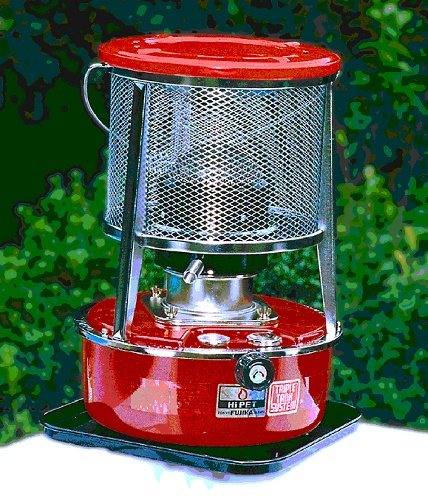
Important! The advantage of devices of this class is their simplicity, efficiency and functionality. The amount of heat generated is large, and fuel consumption is acceptable for a tourist.
Gasoline
The gasoline heater has come a long way in technological improvement. From a simple burner burning liquid fuel, it has evolved into a complex system. In a modern gasoline appliance, an air-gasoline mixture burns, just like in an internal combustion engine.
Devices of this class are functional and economical. In addition, they are very versatile. Fuel can be found almost effortlessly, especially if a tourist travels by car. Gasoline heaters are easy to cook with and produce a lot of heat.

Important! Their main drawback is the constant smell of impurities contained in the fuel.
Alcohol
An alcohol camping heater can be built on two types of design solutions. In one version, it is extremely similar to gasoline - liquid alcohol is poured into it. The second design option is simpler. The steel body serves as a container for several tablets of dry alcohol.
Devices of this class emit relatively little heat, especially when using dry fuel pellets. However, in spring or autumn, such a heater leads in the preferences of tourists. You can cook food on it, and buying fuel is not difficult at any hardware store.
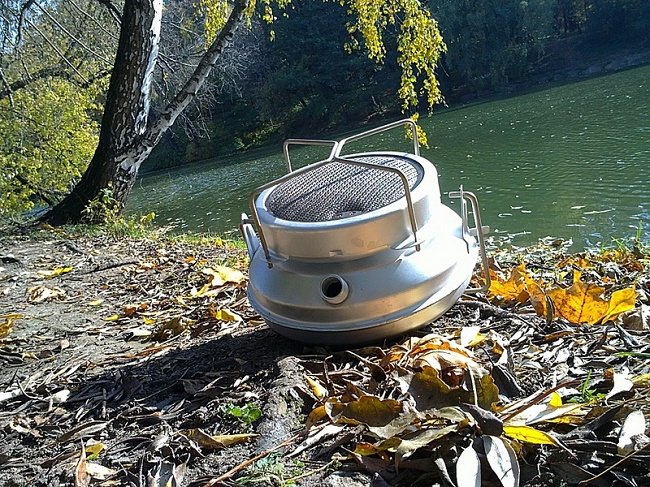
Solid fuel: wax and paraffin
Wax and paraffin tent heaters work on the principle of a burning candle. They are offered both in the form of tablets with a wick, and in the format of a dissecting emitter-body with a fuel vapor afterburning system.
Top 5 best tent heaters
In winter, a short stay in a tent or overnight stay requires certain conditions, which only the best heater can organize. With the right choice, the device will create an atmosphere of warmth and comfort in the tent, contributing to a more comfortable stay. In addition, the heater is indispensable for winter fishing.
Now there are several types of tourist heaters on the market; they can be roughly divided into groups:
- Gas - according to user reviews, these are the most popular models that will save you even in severe frost. They are multifunctional and compact. When camping, a gas heater serves both as a heating element and as a place where food is prepared. However, it should be borne in mind that the fuel in the burner is enough for a short hike.
- Gasoline heaters are much cheaper than gas heaters, but you cannot cook with them; their function is exclusively heating. A significant advantage is the quick and affordable refueling of the device, thanks to which it will work exactly as long as needed.
- Ceramic infrared heaters are the smallest and lightest heaters, which is optimal for winter fishing or hiking. The room is heated by heating the built-in ceramic plate through the action of an infrared emitter - the latter is activated by burning gas in a burner.
When using heaters, it is very important to remember fire safety rules. To find out what equipment is best to take with you on a fishing or hiking trip, just look at the rating of the best tourist heaters for tents.
Gas
How do gas heaters powered by a cylinder compare to competing solutions?
The cost of a kilowatt-hour of heat at current gas prices is approximately 2 - 2.5 rubles. This is somewhat cheaper than gasoline and diesel fuel.
What about the other performance characteristics?
- There is absolutely no smell during operation. Combustion products are CO2 and H2O, carbon dioxide and water.
- The heater is more autonomous than a gasoline or solar heater. As a rule, the tank volume of a liquid fuel device is designed for only 10 - 15 hours of operation; here the room will be heated until the cylinder is exhausted - up to a week.
Reference: for a 3-kilowatt gas heater, liquid propane consumption is approximately 210 grams per hour. The mass of gas in a fully filled 50-liter cylinder is 21 kg; Thus, the cylinder will last for 100 hours of operation in nominal mode.
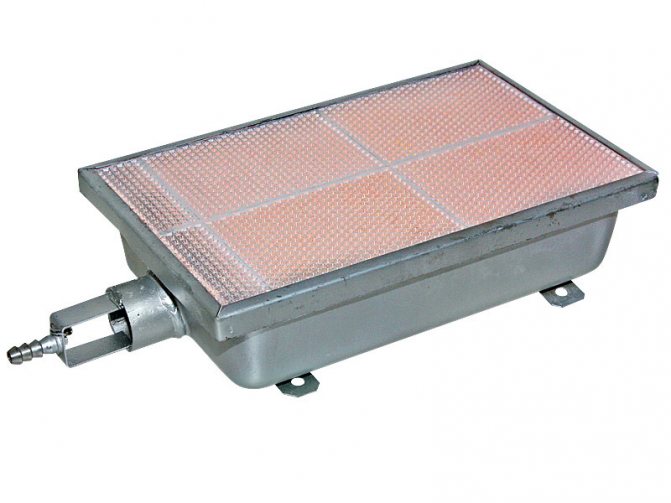
Gas catalytic heater.
The instructions for choosing a heater in the absence of electricity are quite obvious:
- The most practical solution is a gas device with a cylinder.
- Solara is in second place in terms of efficiency and ease of use.
- Gasoline takes an honorable third place.
Why is heating so important?
Low air temperatures during winter fishing are quite problematic to deal with. If you plan to spend 1-2 hours fishing at most, and the air temperature is not lower than -10 degrees Celsius, you can get by with a special winter fishing suit with fleece, insulated gloves and thermal underwear. If the temperature drops below 20 degrees Celsius, the astronauts' suit will not be able to protect them from the cold, so it is important to think about an additional heating method.
Without a tent with a heater, it’s quite easy to freeze on an open body of water in a matter of minutes. Remember that prolonged exposure to the cold will in any case result in negative consequences for your health, even if they do not appear immediately.
Which tents are warmer than others?
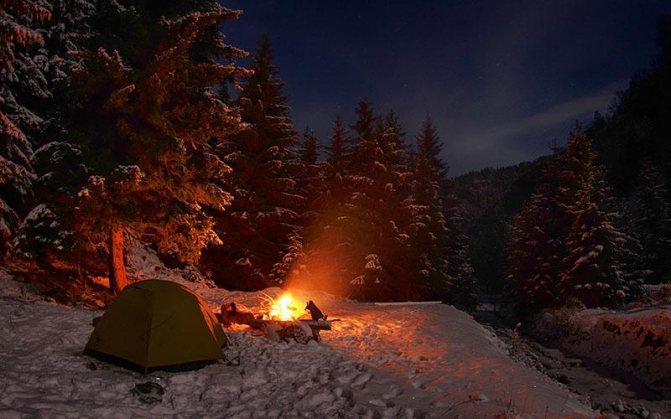
It is important not only to choose the right heating device for your tent, but also to choose the appropriate model of temporary housing on the market. In extreme weather conditions at low air temperatures, it is preferable to choose tents that have the following features:
- the material should not get wet and not allow the wind to pass through;
- It is desirable to treat the fabric with special frost-resistant impregnations;
- the tent must have all seams and joints properly stitched or taped;
- It is important to have a protective skirt along the bottom of the tent, which creates additional wind protection for the interior space;
- It is undesirable to have transparent windows, as they quickly freeze in the cold and begin to let the cold in;
- It is advisable to buy models with insulation. If you bought a simple tent, you can try to insulate it yourself using special materials.
Advantages and disadvantages of kerosene heaters
Like any other equipment, a kerosene heater has its positive and negative sides.
All the advantages of using kerosene heaters:
- autonomy of the device;
- almost complete absence of smell and smoke during operation;
- excellent mobility;
- durability of wicks;
- a large number of options for electric models;
- The appliance can be used to heat and cook food.
Disadvantages of kerosene heaters:
- vapors and the smell of used fuel during ignition and extinguishing of the device;
- high fuel prices;
- flame.
How to avoid getting burned in a tent
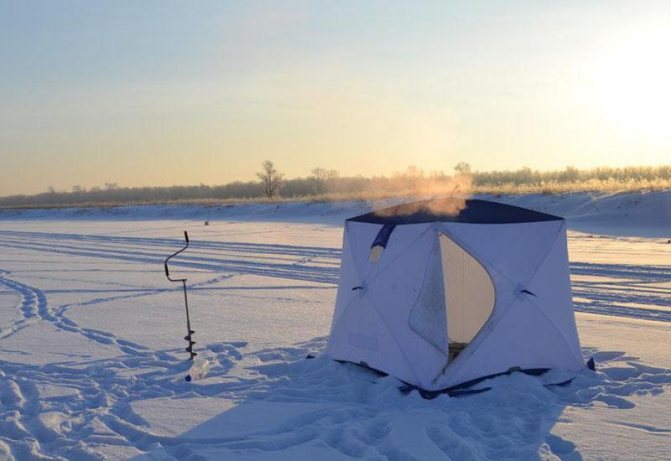
Most often, tragedies in tents happen precisely because of the oversaturation of the air with combustion products . It is quite easy to get burned in a tent; if there is no minimum ventilation of the space, the amount of oxygen in the air inhaled by fishermen begins to decrease exponentially.
To prevent this from happening in a tent during winter fishing, it is enough to follow the following rules:
- do not try to achieve perfect tightness of the space, fresh air should still flow into the room;
- it is advisable to periodically open doors or windows to allow fresh air to flow in;
- If while fishing you feel slightly unwell (dizziness, lack of air, drowsiness), immediately go out into the fresh air;
- do not leave the burners unattended for a long period of time;
- It is not advisable to sleep inside a tent with the heater on.
What are the ways to heat a tent in winter?
Heat exchanger
The most common device for internal heating of space in a tent. Due to its special structure, it allows you to quickly distribute warm heated air throughout the room. The heat exchangers are equipped with all the necessary protection; there is a special pipe through which combustion products are discharged outside and are not retained in the room.
Most heat exchangers can be used with any type of burner (gas, infrared, gasoline stoves, solid fuel stoves, etc.).
Some models have a fan that allows you to increase the rate of heat exchange.
Heater
- Infrared.
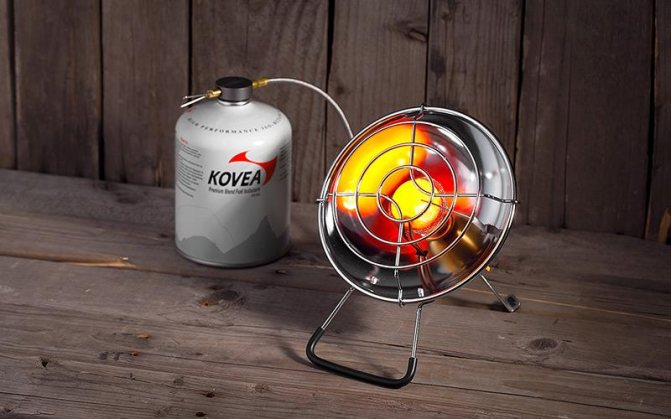
The operating principle of such burners is based on the conversion of thermal energy into infrared radiation . Even models with minimal power are capable of heating the air inside a small and medium-sized tent in a short period of time. Ceramic or metal plastic can be used as a thermal energy emitter, and thermal energy is quickly transferred to all surrounding objects. A fisherman near such a heater begins to feel a temperature 10 degrees higher than the ambient temperature. Ovens.
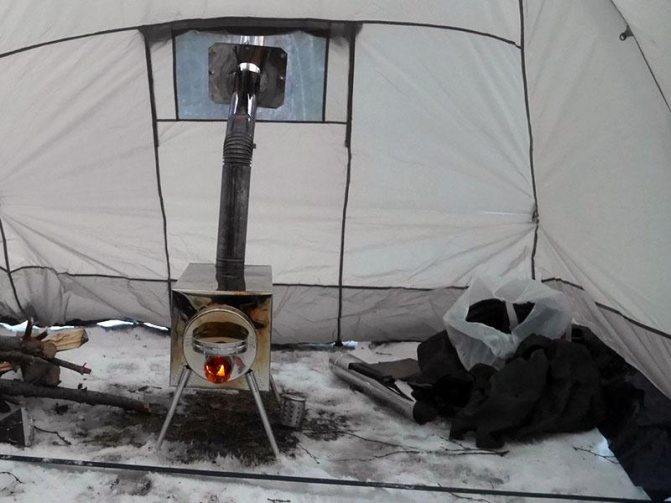
They operate using solid fuel, which is loaded into the combustion chamber. The main disadvantage of such devices is that they can quite easily cause a fire, and the fisherman will need to constantly monitor the combustion, adding fuel to the stove to maintain the set temperature. With a fan.
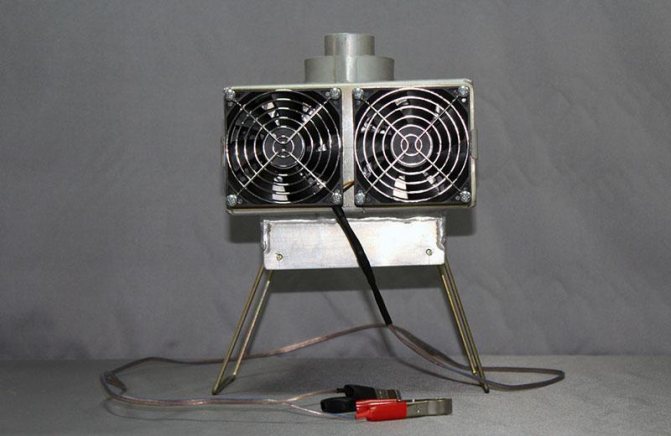
Heaters with a fan allow you to heat a fairly large space inside a tent in a matter of minutes. The fan forces street air inside, it passes through the heating element and comes out hot. Some models are equipped with a special turbo mode; during activation, the device operates at maximum power.
Mini oven
Mini-stoves for fishing can be supplied either complete with the tent itself (the structure is equipped with everything necessary and can even be used for cooking) or purchased separately.
Mini-ovens on the market are presented in a wide range, and the choice is made depending on the required heating parameters, as well as the suitable price range.
Depending on the shape and appearance, all mini-stoves for tents can be schematically divided into three types:
If you need to quickly heat the room, it is better to give preference to round or oval stoves.
Primus/kerosene stove
Primus stoves and kerosene stoves have long been overshadowed by wood-burning stoves. For quite a long time, fishermen all over the world used primus stoves to heat the space inside the tent.
The main advantages of this heating device include:
- compact overall dimensions;
- increased thermal conductivity;
- fast heating of a large area.
Disadvantages - increased fire hazard when used indoors, limited operating time, unpleasant odor during burner operation.
Gas stove
A gas stove is convenient to use if you need to maintain a certain air temperature inside the tent throughout the night.
The advantages of this heating device include:
- compact overall dimensions (depending on the type of gas cylinder used);
- the most simple design;
- The kit often comes with a convenient carrying case;
- suitable not only for heating, but also for cooking;
- economical gas consumption.
The disadvantage is that it burns out oxygen very quickly, due to which it is necessary to constantly provide a supply of fresh air from the street.
Heater
A significant advantage of the heater over other types of heating devices is that it can be used not only inside the tent, but also outside.
Tent heaters mainly operate using an infrared heating element , which is powered by a car battery or a special external battery.
Heaters quickly raise the temperature inside the room, while they are relatively safe; if basic safety rules are followed, the risk of fire is reduced to zero.
When using, it is desirable to ensure at least a minimal flow of fresh air inside.
Burners
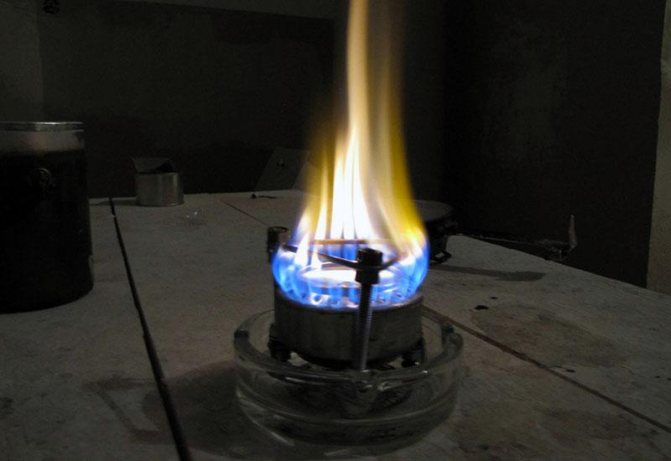
Burners allow you not only to warm the air inside the tent in a matter of minutes, but also to cook or warm up food. It is better to give preference to models with increased power; they will help create comfortable indoor conditions even if the outside temperature drops below -20 degrees Celsius.
- light and powerful;
- fuel does not freeze in severe frost;
- economical fuel consumption.
Disadvantage: oxygen burning , constant ventilation required.
Dry fuel
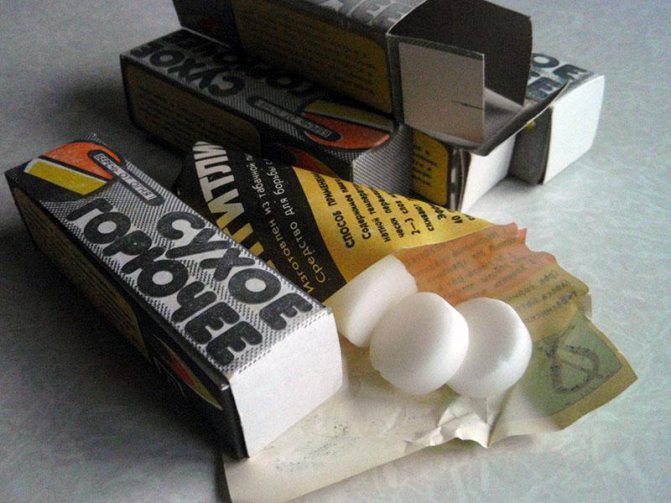
Dry fuel for heating a tent can be purchased not only in specialized stores, but also in regular supermarkets; dry fuel tablets are also found in military ration kits.
- take up minimal space;
- easy to light;
- provide sufficient heat flow.
The main disadvantage is the strong unpleasant odor during combustion.
Alcohol lamps
You can make an alcohol lamp for heating a tent yourself; you will need:
- two tin cans (can be soda cans);
- large needle or small drill;
- alcohol for fuel.
The top part of both cans is cut off, one can is placed on the bottom, and the second can is tightly inserted inside it so that the bottom is on top.
Several holes are made along the perimeter of the bottom of the top jar to allow alcohol vapor to escape.
Using a syringe, alcohol is carefully poured into the burner and left for a while to allow the vapors to escape. The top of the can is set on fire.
The advantages of such a burner are that you can make it yourself, even on the go, using improvised materials.
Paraffin candles
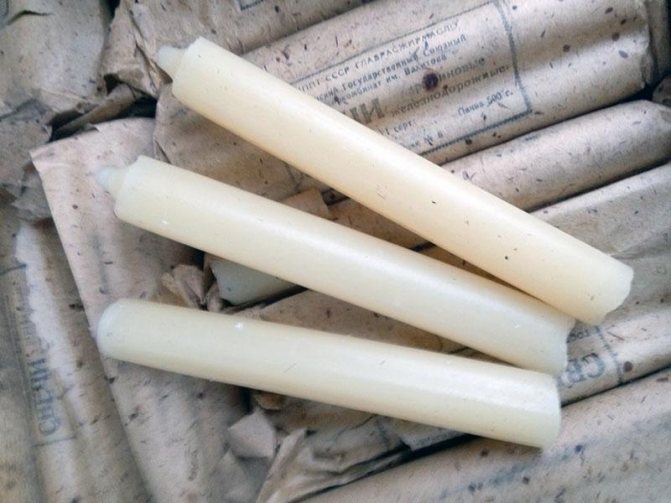
If it’s not too cold outside and you have a compact tent for one person, you can warm up with regular paraffin candles. It is advisable to use thick candles, first placing them in a tall tin can.
If you warm yourself with candles, be sure to provide a flow of fresh air to avoid burning.
Lamps
- Gas lamp. A gas lamp will not only become an additional source of light indoors, but will also help provide minimal heating of the space if there are no other heat sources inside the tent. Advantages of the lamp: minimal fuel consumption, the possibility of fire of surrounding objects is excluded, disadvantage is minimal heat generation.
- Wick lamp. The lamp runs on kerosene; to heat the room, just light the wick and hang the lamp in a convenient place. Advantages: minimal fuel consumption, compact overall dimensions and weight, sufficient power to heat a small space.
A little about physics
How do marketing and false advertising relate to the heating market?
In the most direct way.
The main characteristic of any device is its efficiency. The more energy spent is converted into useful work, the more profitable it is to use the corresponding device.
Now let's think about what energy is spent on.
From the point of view of physics, there is only one type of useful work - the movement of mass against the gravity vector. All associated costs - friction, radiation (including electromagnetic), deformation of materials - ultimately turn into acceleration of the movement of environmental molecules.
Into the warmth.
Electric heaters for summer cottages do not move anything anywhere. They heat up the environment.
Postulate: The efficiency of any heating electrical appliance is 100%. Any advertisement claiming that the device is more efficient than competing solutions is lying. The only purpose of such statements is to increase sales.

Any direct heating electrical appliance completely converts consumed energy into heat. It does not depend on the manufacturer and model.
Useful video
Next, let's look at the simplest and most ancient heating method:
Means for heating tents are available for sale in a wide range; if necessary, you can make a heater yourself from scrap materials. The main condition for using any of the listed heaters is to ensure a constant flow of fresh air into the space.
- Author: Maria Sukhorukikh
Rate this article:
- 5
- 4
- 3
- 2
- 1
(0 votes, average: 0 out of 5)
Share with your friends!

